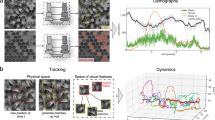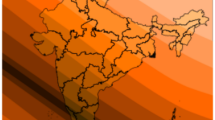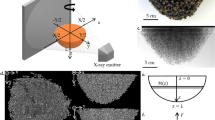Abstract
THE following observation may serve to throw light on the above question, which has doubtless occurred to many entomologists. Yesterday I saw a specimen of the inquiline Coelioxys quadridentata enter the burrow of a leaf-cutter bec, Megachile circumcincta. I dug the nest out of the burrow; and in so doing scattered the sand over an area of several square inches, completely destroying all appearance of a burrow. I sat down to await the return of the Megachile, in order to identify the species, and was much astonished to see (and capture) in the course of the next ten minutes two more specimens of Cœlioxys, which came hovering over the spot and alighted on the disturbed soil. I can think of no other explanation than that these “cuckoos” were attracted to the spot by the scent of the excavated nest. I may add that during several hours spent on the heath where this occurred I saw no other specimens of Cœlioxys, and, further, that there was a fresh south-east breeze blowing at the time, and that the bees came up against the wind.
This is a preview of subscription content, access via your institution
Access options
Subscribe to this journal
Receive 51 print issues and online access
$199.00 per year
only $3.90 per issue
Buy this article
- Purchase on SpringerLink
- Instant access to full article PDF
Prices may be subject to local taxes which are calculated during checkout
Similar content being viewed by others
Author information
Authors and Affiliations
Rights and permissions
About this article
Cite this article
LATTER, O. How do Inquiline Bees find the Nest of their Host?. Nature 74, 200 (1906). https://doi.org/10.1038/074200c0
Issue date:
DOI: https://doi.org/10.1038/074200c0



